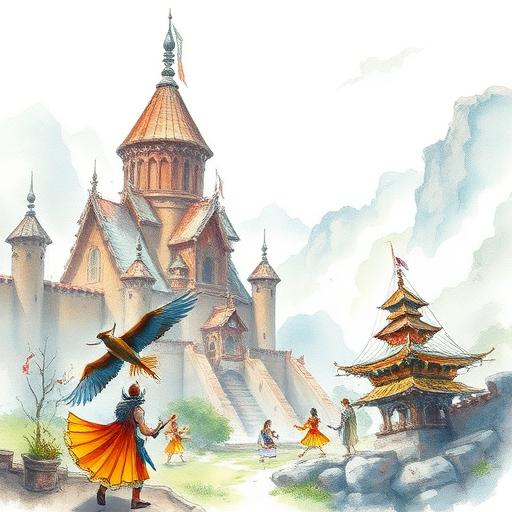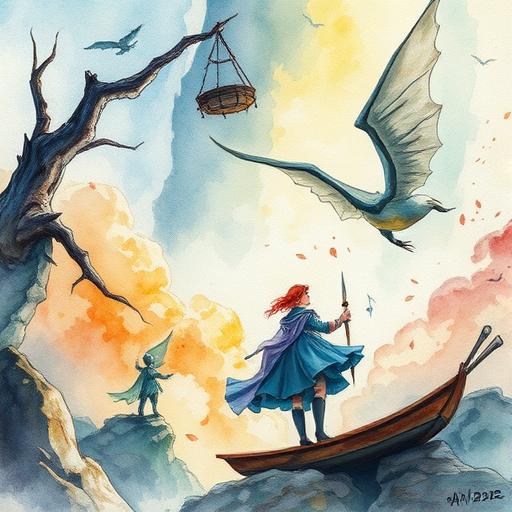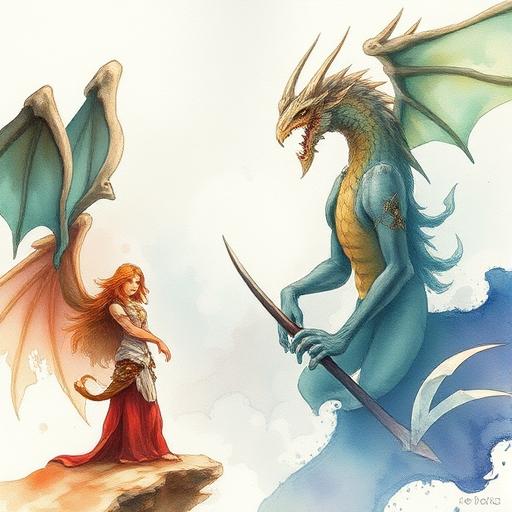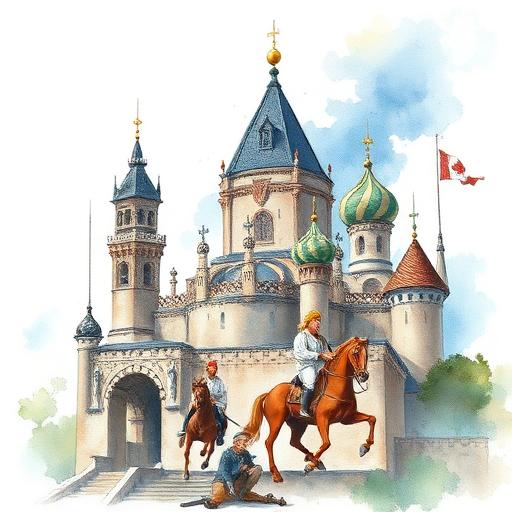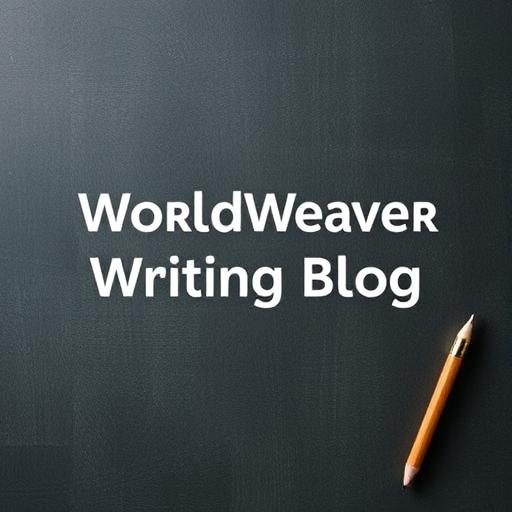Developing Coherent Narrative Structures for Non-Linear Storytelling Techniques
This article explores the art of crafting coherent narrative structures for non-linear storytelling, providing writers with practical tips and techniques to create engaging and immersive stories. From fragmented narratives to experimental storytelling, we'll delve into the world of non-linear narrative structures and offer guidance on how to balance complexity and clarity.

Introduction to Non-Linear Storytelling
Non-linear storytelling has become a staple of modern fantasy writing, with authors like Neil Gaiman and Patrick Rothfuss pushing the boundaries of traditional narrative structures. But what makes a non-linear narrative successful? At its core, it's all about creating a cohesive and engaging story that draws the reader in, despite the unconventional structure. To achieve this, writers need to develop a deep understanding of narrative structure techniques, which can be found in our article on narrative structure techniques.
Key Elements of Non-Linear Narrative Structures
So, what are the key elements of non-linear narrative structures? Here are a few to consider:
- Fragmented narratives: breaking up the story into non-chronological fragments that slowly reveal the larger narrative
- Multiple timelines: weaving together multiple storylines that intersect and overlap in complex ways
- Unreliable narrators: using untrustworthy narrators to create suspense and uncertainty
- Experimental storytelling: pushing the boundaries of traditional narrative structures with innovative techniques like reverse chronology or non-linear POV shifts
Balancing Complexity and Clarity
One of the biggest challenges of non-linear storytelling is balancing complexity and clarity. Writers need to create a narrative that's engaging and immersive, without confusing or overwhelming the reader. To achieve this, it's essential to carefully balance plot twists and predictability, as discussed in our article on balancing plot twists and predictability in narrative storytelling. By striking the right balance between surprise and expectation, writers can create a narrative that's both engaging and coherent.
Creating a Narrative Framework
To develop a coherent narrative structure, writers need to create a framework that underpins the story. This can involve:
| Technique | Description |
|---|---|
| Story mapping | creating a visual map of the narrative to track character arcs and plot twists |
| Timeline creation | building a timeline of events to ensure consistency and coherence |
| Character development | crafting well-rounded characters with clear motivations and goals |
Managing Multiple Timelines
When working with multiple timelines, it's essential to keep track of the different storylines and how they intersect. Here are a few tips:
- Use a timeline spreadsheet to keep track of events and character movements
- Create a story bible to document character backstories and motivations
- Develop a narrative thread to tie the different storylines together
Examples of Non-Linear Storytelling
Some examples of successful non-linear storytelling include:
- The Night Circus by Erin Morgenstern, which uses a non-linear narrative to tell the story of a magical competition
- The First Fifteen Lives of Harry August by Claire North, which explores the concept of reincarnation through a non-linear narrative
- The City & The City by China Miéville, which uses a non-linear narrative to create a sense of mystery and suspense
Conclusion
Developing coherent narrative structures for non-linear storytelling requires careful planning, attention to detail, and a deep understanding of narrative techniques. By balancing complexity and clarity, creating a narrative framework, and managing multiple timelines, writers can craft engaging and immersive stories that draw the reader in. For more on narrative structure techniques, check out our article on narrative structure techniques, and for tips on balancing plot twists and predictability, read our article on balancing plot twists and predictability in narrative storytelling. Happy writing!
Comments
Comments are hidden to save bandwidth. Load them when you want to read or leave one.
